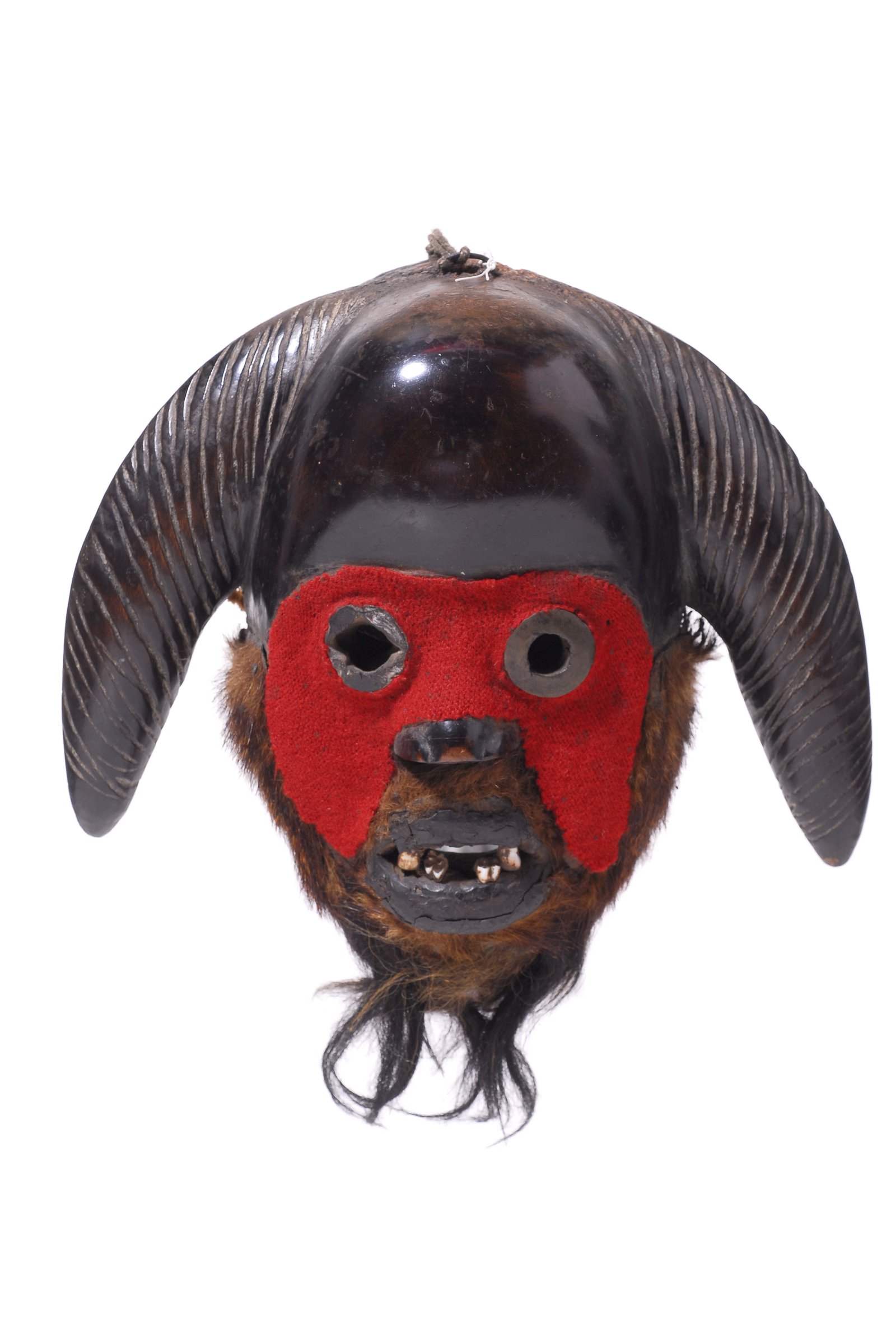Bowmore Collection
On this page...

© Australian Museum
This collection of western and central-western African art was assembled by William Bowmore, a businessman and philanthropist from Newcastle (north of Sydney). Bowmore donated 150 African sculptures and masks to the Australian Museum in 1979-80. The carved figures, masks and bronzes are examples of art from over 30 different cultures.
Masks and carvings are considered a work of art in the Western cultural context, but in their original cultures they were symbols and communication instruments of complex social and religious life. Moreover, they represented only elements of ceremonial activities that encompassed music, dance, costumes, poetry and drama. Ceremonies were to affirm life and endorse it through communal expression. Without this vital content and association with spiritual life the object would have no value and, indeed, they were not made without ceremonial purpose.
Secular art – disconnected from spiritual function and meaning - is a relatively recent concept in traditional tribal societies and emerged slowly in the last few centuries – typically in the colonial context.
Most artefacts in the Bowmore collection are examples of secular art. Yet in their appearance and craftsmanship they are not far removed from the original ceremonial form. Designed and made according to old tradition and its ritual use, the masks and figures are informative for outsiders. They can be used as inspiring proof of cultural practice - with its performance, literary and musical richness – inviting us to learn about the spiritual dimension of African indigenous cultures.
Reference:
Beth N Hise. 1992. The William Bowmore African Collection at the Australian Museum. Unpublished catalogue.

